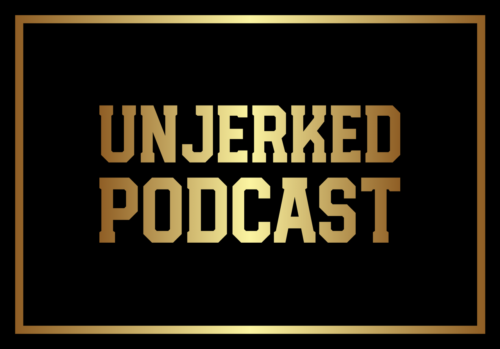William Henderson and B. McGraw talk about agriculture policy. What kind of subsidies exist and why? This is part 1 of 2 episodes?
We first briefly discuss the different types of farming, to include a completely free-market farming, subsidized farming, and collectivized soviet-style farming. Then, we discuss the comparison of subsidy levels between different countries. New Zealand is the lowest with a near 0% level of agriculture subsidies. On the other hand, many countries with high levels of subsidies include Iceland, Japan, and Norway. We then go over an article which discusses New Zealand’s decision to pull subsidies in the 1980s. This led to an increased efficiency in farm production and did not lead to reliance on imports for food.
After all of this, we go over the farm bill and similar policies which help shape the system of farm subsidies in the US. This includes price loss coverage and agricultural risk coverage, which help pay farmers if commodity prices get too low. Marketing assistance loans are similar and involve lending money when prices get low. Crop insurance helps cover for issues like severe weather, crop failure, etc. Various conservation programs incentivize the use of environmentally friendly practices.
We then talk about disaster assistance programs, specialty crop support programs, and biofuel programs.
4:20 collective farming
6:38 OECD white paper with country comparisons
9:57 CATO article on total subsidies
13:43 Farm bill (2) (3) (4) (5) (6) (7) (8) (9) (10) (11) (12) (13)
This is the Unjerked Podcast!
